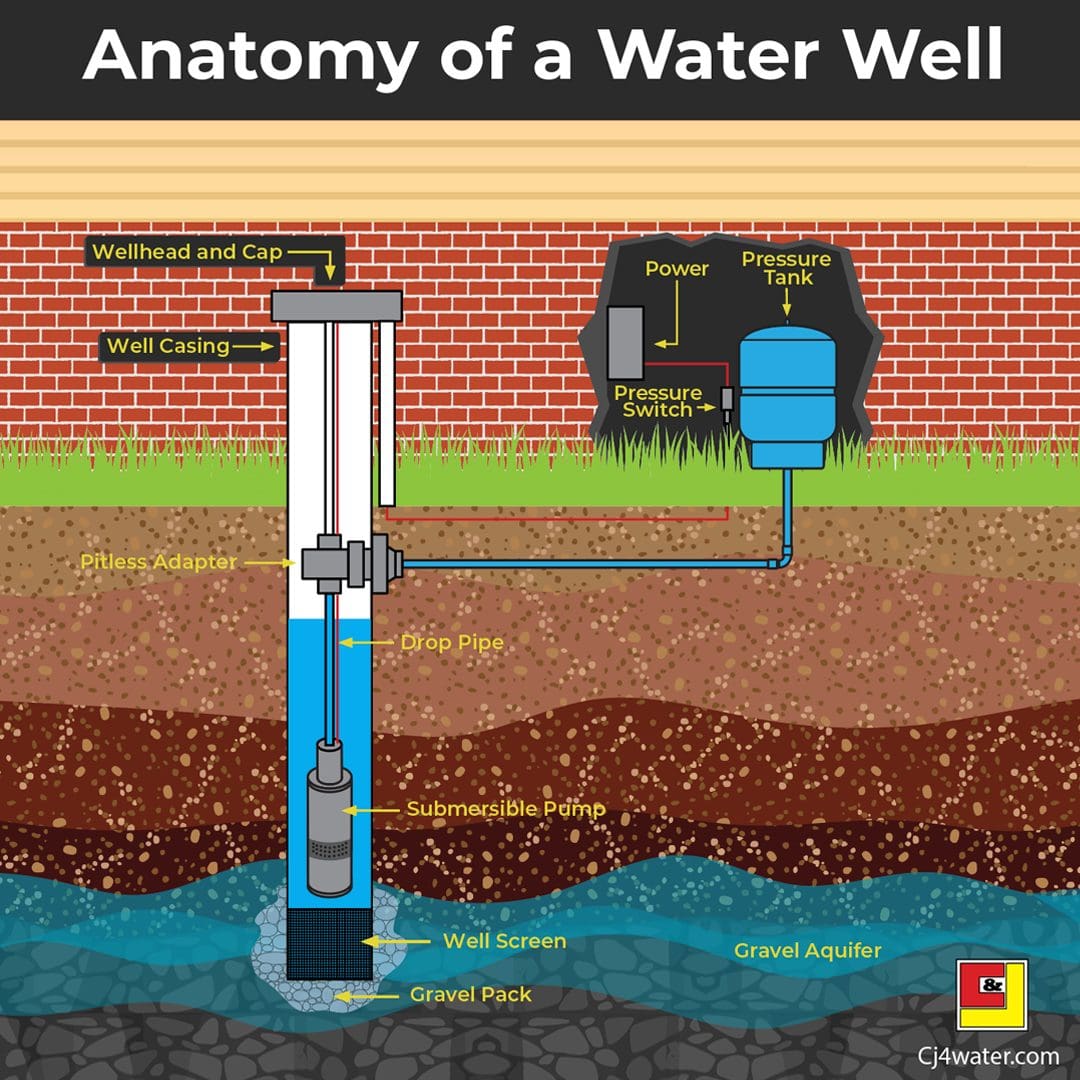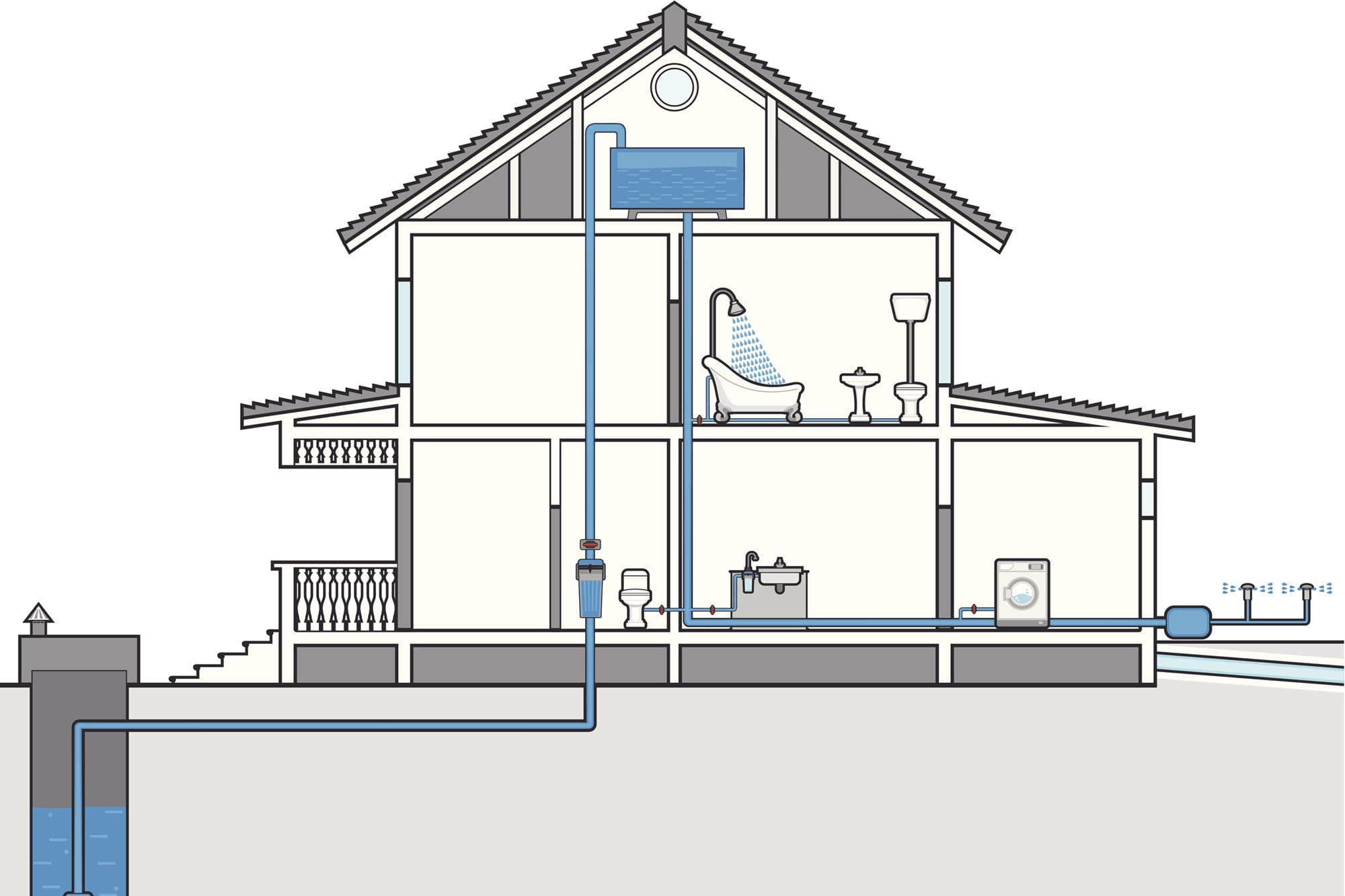Breaking Down The Structure of Your House's Plumbing System
Breaking Down The Structure of Your House's Plumbing System
Blog Article
We've found this post on The Inner Workings of Your Home's Plumbing down the page on the net and thought it made perfect sense to quickly share it with you here.

Understanding exactly how your home's pipes system works is necessary for every house owner. From supplying tidy water for drinking, cooking, and showering to securely removing wastewater, a well-kept pipes system is important for your family members's health and comfort. In this detailed overview, we'll discover the elaborate network that composes your home's pipes and deal tips on maintenance, upgrades, and dealing with usual issues.
Intro
Your home's plumbing system is more than simply a network of pipes; it's a complicated system that guarantees you have access to clean water and efficient wastewater removal. Understanding its elements and just how they interact can assist you protect against costly repairs and guarantee whatever runs efficiently.
Fundamental Components of a Plumbing System
Pipes and Tubing
At the heart of your plumbing system are the pipes and tubing that carry water throughout your home. These can be made of various materials such as copper, PVC, or PEX, each with its advantages in terms of sturdiness and cost-effectiveness.
Components: Sinks, Toilets, Showers, etc.
Fixtures like sinks, commodes, showers, and bath tubs are where water is made use of in your house. Recognizing exactly how these components link to the pipes system assists in identifying issues and preparing upgrades.
Valves and Shut-off Points
Valves regulate the flow of water in your pipes system. Shut-off shutoffs are vital throughout emergency situations or when you need to make repair work, permitting you to separate parts of the system without interrupting water flow to the whole home.
Supply Of Water System
Main Water Line
The major water line connects your home to the municipal water or a personal well. It's where water enters your home and is distributed to various components.
Water Meter and Pressure Regulator
The water meter steps your water usage, while a stress regulator guarantees that water moves at a secure pressure throughout your home's plumbing system, protecting against damages to pipes and components.
Cold Water vs. Hot Water Lines
Recognizing the difference between cold water lines, which supply water straight from the main, and warm water lines, which bring heated water from the hot water heater, assists in repairing and planning for upgrades.
Drain System
Drain Pipes and Traps
Drain pipes bring wastewater far from sinks, showers, and toilets to the drain or septic tank. Catches prevent drain gases from entering your home and also catch debris that might trigger clogs.
Air flow Pipes
Air flow pipelines permit air right into the drainage system, preventing suction that might slow water drainage and trigger traps to vacant. Proper air flow is essential for preserving the integrity of your plumbing system.
Importance of Appropriate Drainage
Making sure proper water drainage avoids back-ups and water damages. Frequently cleansing drains and keeping traps can protect against costly repair services and expand the life of your plumbing system.
Water Heater
Types of Water Heaters
Hot water heater can be tankless or conventional tank-style. Tankless heating units warmth water on demand, while storage tanks save warmed water for instant usage.
Upgrading Your Plumbing System
Reasons for Updating
Updating to water-efficient fixtures or replacing old pipes can improve water top quality, lower water costs, and boost the worth of your home.
Modern Pipes Technologies and Their Advantages
Explore technologies like wise leakage detectors, water-saving bathrooms, and energy-efficient hot water heater that can save money and minimize ecological influence.
Cost Considerations and ROI
Calculate the upfront expenses versus long-lasting cost savings when thinking about pipes upgrades. Lots of upgrades spend for themselves via reduced energy costs and less repairs.
How Water Heaters Connect to the Pipes System
Comprehending exactly how water heaters link to both the cold water supply and hot water distribution lines helps in diagnosing issues like inadequate hot water or leaks.
Maintenance Tips for Water Heaters
Regularly purging your hot water heater to get rid of debris, inspecting the temperature level setups, and checking for leaks can extend its lifespan and boost energy performance.
Typical Plumbing Issues
Leaks and Their Causes
Leakages can take place because of maturing pipes, loosened fittings, or high water stress. Resolving leaks quickly protects against water damages and mold growth.
Blockages and Obstructions
Clogs in drains pipes and toilets are usually brought on by flushing non-flushable items or a build-up of grease and hair. Using drainpipe displays and being mindful of what goes down your drains pipes can prevent obstructions.
Indications of Plumbing Problems to Expect
Low water pressure, slow-moving drains pipes, foul odors, or uncommonly high water bills are indicators of prospective plumbing troubles that ought to be addressed promptly.
Pipes Maintenance Tips
Normal Assessments and Checks
Schedule yearly plumbing inspections to capture problems early. Look for indicators of leaks, deterioration, or mineral accumulation in taps and showerheads.
Do It Yourself Maintenance Tasks
Straightforward tasks like cleansing faucet aerators, looking for toilet leakages using dye tablet computers, or insulating subjected pipes in chilly environments can avoid significant pipes problems.
When to Call a Specialist Plumbing
Know when a pipes issue needs specialist experience. Attempting intricate repairs without appropriate expertise can result in even more damages and higher fixing costs.
Tips for Minimizing Water Use
Simple routines like dealing with leaks immediately, taking shorter showers, and running full tons of washing and dishes can save water and reduced your energy costs.
Eco-Friendly Pipes Options
Take into consideration lasting pipes products like bamboo for flooring, which is durable and environmentally friendly, or recycled glass for kitchen counters.
Emergency Readiness
Steps to Take During a Plumbing Emergency situation
Know where your shut-off valves are located and just how to turn off the supply of water in case of a burst pipeline or significant leak.
Relevance of Having Emergency Situation Contacts Useful
Maintain get in touch with details for neighborhood plumbing technicians or emergency situation solutions conveniently available for quick reaction during a plumbing situation.
Ecological Influence and Preservation
Water-Saving Components and Appliances
Installing low-flow faucets, showerheads, and toilets can substantially decrease water use without giving up performance.
DIY Emergency Fixes (When Relevant).
Temporary repairs like making use of air duct tape to patch a leaking pipe or putting a container under a leaking faucet can reduce damage until a professional plumber shows up.
Final thought.
Understanding the anatomy of your home's plumbing system encourages you to keep it successfully, conserving money and time on repair services. By complying with regular maintenance regimens and remaining notified about contemporary plumbing modern technologies, you can guarantee your plumbing system operates successfully for several years to find.
Understanding Your Home Plumbing System: A Comprehensive Guide
Plumbing System: The Lifeline of Your Home
At its core, the plumbing system is designed to perform two primary functions: bring fresh water into your home and remove wastewater. The system is a network of pipes, fixtures, and other components that transport water and sewage. Residential plumbing systems include potable water supply lines, drain-waste-vent (DWV) systems, and various plumbing fixtures that make water use in daily tasks possible.
Key Components:
Water Supply: This part of your plumbing system brings municipal water into your home, passing through the main water supply line. It s responsible for supplying all water needs, from drinking to bathing.
Drainage System: It carries waste and water away from your home to the sewer or septic system. This system includes all the piping within your home that leads to external sewage or septic systems.
Vent System: An essential yet often overlooked component, the vent system allows sewer gases to escape and lets air into the drainpipes, ensuring water and waste move correctly through the system.
Fixture: More Than Just Taps and Toilets
Plumbing fixtures are the most interactive parts of the plumbing system, including faucets, showers, toilets, and sinks. Each fixture is connected to the plumbing system and plays a role in either the delivery of freshwater or the disposal of waste and wastewater.
Types of Fixtures:
Faucets and Sinks: Used for washing hands, dishes, and other daily water needs. Toilets: Dispose of human waste through the sewage system. Bathtubs and Showers: Provide bathing facilities, requiring both hot and cold water supply. Water Supply: The Source of Life
The water supply system is a critical component, ensuring that potable water is available throughout your home for various uses, including drinking, cooking, and cleaning. This system consists of pipes that distribute water to different parts of the house, controlled by valves to regulate the water flow.
Types of Plumbing: Materials and Methods
Various types of plumbing systems and materials are used in residential settings, each with its advantages and applications. From copper and PVC pipes for water supply to cast iron and ABS for drainage, the choice of materials can impact the longevity and efficiency of your plumbing system.
https://intownplumbingtx.com/articles/home-plumbing-system-guide/

I am very taken with Anatomy of a House: Understanding the Components and I'm hoping you liked our blog entry. If you appreciated our article kindly make sure you remember to pass it around. Thank-you for taking the time to read it.
Visit My Web Page Report this page